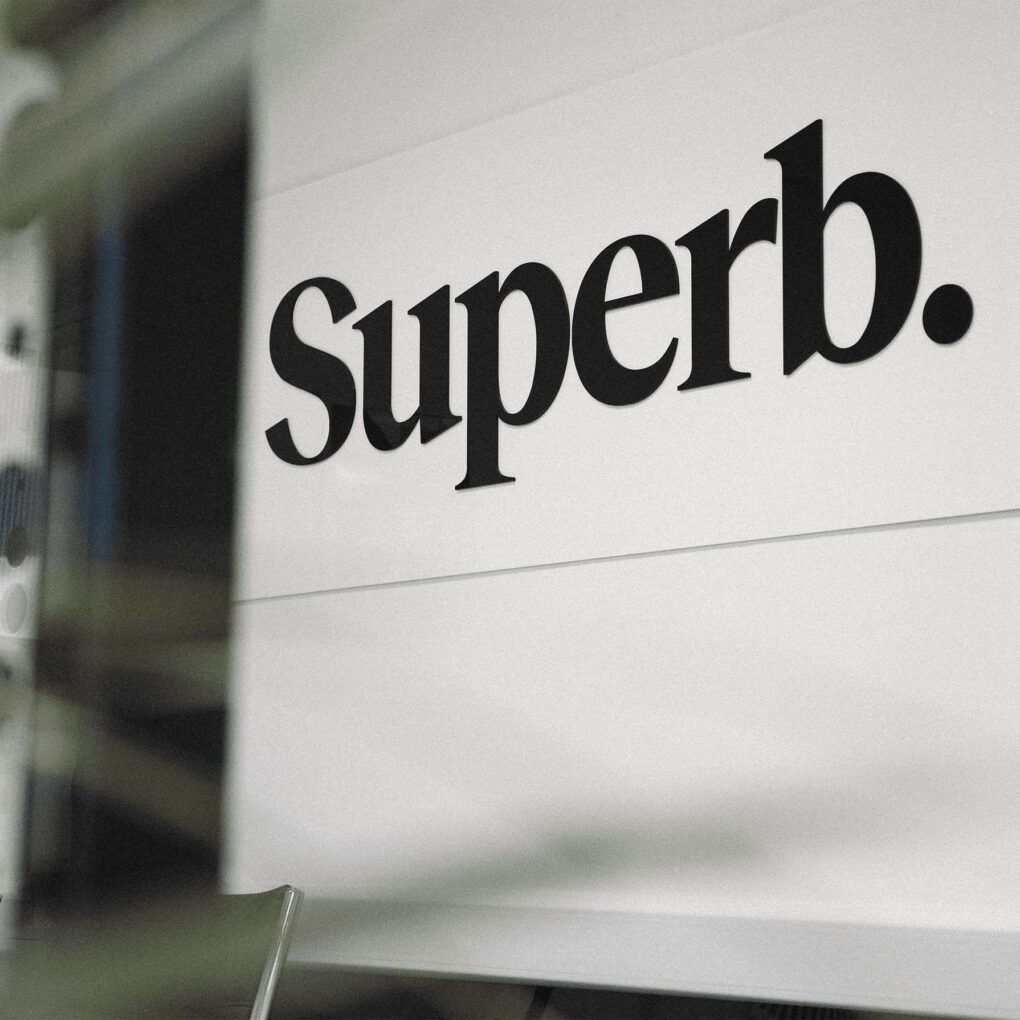Already we have seen a rise in the number of bloggers and social media experts attending major fashion shows.
Journalists use their smartphones like digital note pads to capture images, they can immediately share via Facebook, Twitter and Pinterest. The likes of Pinterest is so effective in communicating trends from the fashion world because it is exclusively visual. Simply add the relevant hashtags to your image and it becomes instantly searchable by other industry insiders, consumers and anyone else you want to reach.
Live streams sent out during shows to millions via Youtube, has blurred the lines between the physical and the digital and could spark the end of live catwalk shows, as we’ve come to know them. This must be accepted as a sign that the winds of the industry are blowing in an entirely fresh direction. Check out this live stream of Topshop at London fashion week this year. Most brands included interviews with the designers themselves in their streams, to give the consumer further information about the products.
The ability that consumers and designers have to create and share items of clothing, via social media, is taking the rapid turn over of trends to a whole new level. More than ever the pressure is on designers to stay abreast of new innovations and ideas, currently circulating the web and most importantly to garner an understanding of the styles receiving the most likes and shares. When it comes to fashion Social Media offers a window into so much more than just stagnant streams of popular garments. It also offers a window into the lifestyles and subcultures which accompany these fashion trends. The inspirations behind current trends are laid out in bold for any designer regardless of ability to absorb and expand on and ultimately feed back into his/her own work.
Asos, for example provide on their Instagram account, relevant hash tags for each photo, such as the names of cities, festivals and films that inspired the creation of the products. This allows the user to view the garments within the social and cultural context that they were intended to represent.
The age of the entrepreneurial fashion designer has truly been born. This is fuelled by social media in two parts. Firstly, via its ability to enable designers to reach their target market with such immediacy and secondly through the unique way it offers them a window into the trends and tastes of current subcultures.
However, there is a negative, flip side to fashions digital revolution. Often industry insiders can find it impossible to separate the relevant from the relentless. There is such thing as a hashtag too far when it comes to sharing viral images. The relevance of some online images and content to a designer’s area of interest, maybe so reduced that often viral images on the likes of Instagram can serve as nothing more than bland digital postcards. It takes a discerning eye to understand what content out there can inform ideas and objectives and what is just, white noise.
How does social sharing and e-commerce impact the high street?
It’s too easy to presume that the rise in social media use, heralded the demise of the UK high street. A failure to adapt to changes in tastes caused an early decline in sales for many of the prominent high street giants, long before the rise of e-commerce sped up their inevitable liquidation.
What many retailers don’t realise is that social media can actually be a salvation for their beleaguered brands. A click and collect approach to E-commerce has proved wildly successful for many retail giants in the UK. Offering customers the opportunity to buy online and pick up in store saves both the hassle of face-to-face contact with sales people and mitigates the boredom of waiting for delivery drivers to arrive with newly bought goods. An example of a site which executes this incredibly well is www.johnlewis.com. Simply click on a product to view the clearly positioned click and collect or delivery options.
Allowing customers to return items bought online to real stores has also proved a popular approach to shopping among consumers. An easy to use, fast and regularly updated website with clearly outlined favourable returns policies, ensures that retailers can and will survive the shift from the high street to the web.
Social Media is relocating, shrinking and evolving the retail industry and whilst survival is dependent on staying up to date with relevant new medias. Adoption of digital platforms, not only ensures retailers survive, but can guarantee they thrive.








